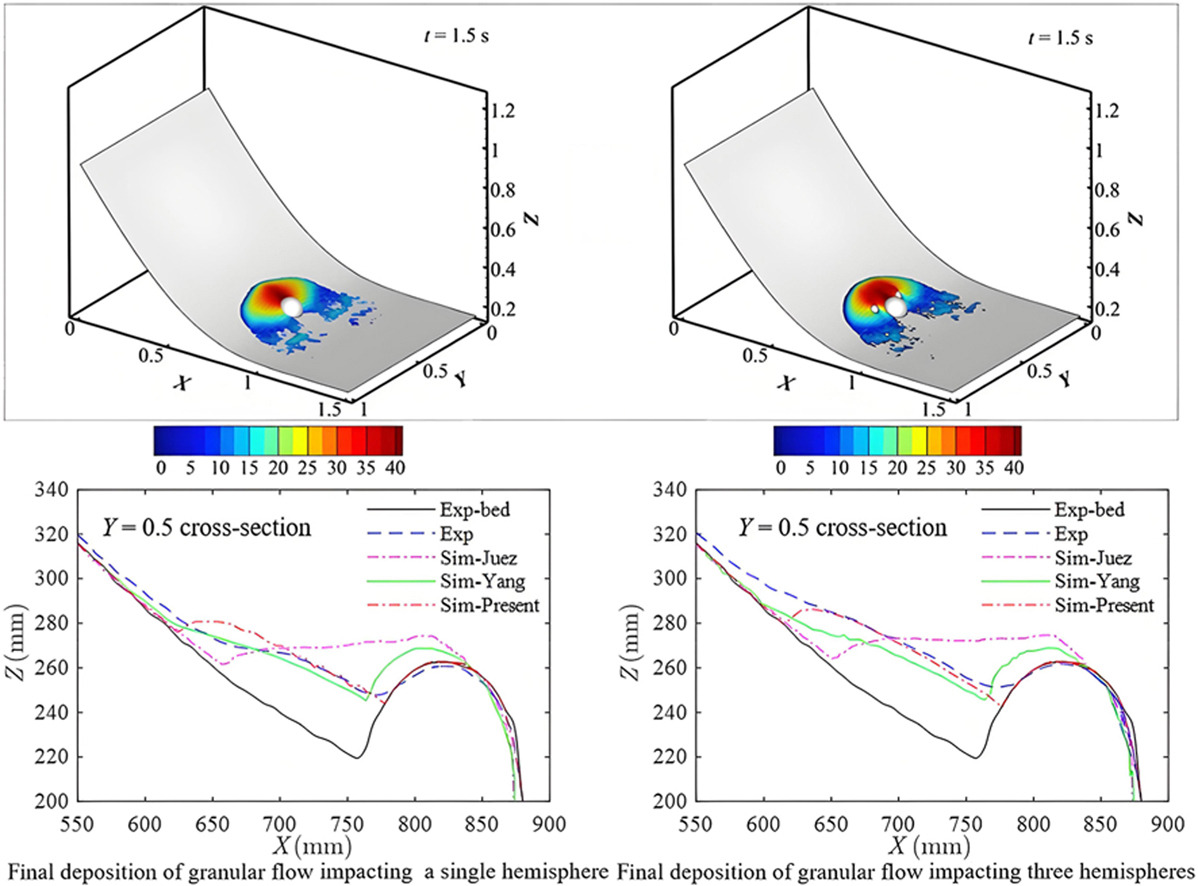- Volumes 96-107 (2025)
-
Volumes 84-95 (2024)
-
Volume 95
Pages 1-392 (December 2024)
-
Volume 94
Pages 1-400 (November 2024)
-
Volume 93
Pages 1-376 (October 2024)
-
Volume 92
Pages 1-316 (September 2024)
-
Volume 91
Pages 1-378 (August 2024)
-
Volume 90
Pages 1-580 (July 2024)
-
Volume 89
Pages 1-278 (June 2024)
-
Volume 88
Pages 1-350 (May 2024)
-
Volume 87
Pages 1-338 (April 2024)
-
Volume 86
Pages 1-312 (March 2024)
-
Volume 85
Pages 1-334 (February 2024)
-
Volume 84
Pages 1-308 (January 2024)
-
Volume 95
-
Volumes 72-83 (2023)
-
Volume 83
Pages 1-258 (December 2023)
-
Volume 82
Pages 1-204 (November 2023)
-
Volume 81
Pages 1-188 (October 2023)
-
Volume 80
Pages 1-202 (September 2023)
-
Volume 79
Pages 1-172 (August 2023)
-
Volume 78
Pages 1-146 (July 2023)
-
Volume 77
Pages 1-152 (June 2023)
-
Volume 76
Pages 1-176 (May 2023)
-
Volume 75
Pages 1-228 (April 2023)
-
Volume 74
Pages 1-200 (March 2023)
-
Volume 73
Pages 1-138 (February 2023)
-
Volume 72
Pages 1-144 (January 2023)
-
Volume 83
-
Volumes 60-71 (2022)
-
Volume 71
Pages 1-108 (December 2022)
-
Volume 70
Pages 1-106 (November 2022)
-
Volume 69
Pages 1-122 (October 2022)
-
Volume 68
Pages 1-124 (September 2022)
-
Volume 67
Pages 1-102 (August 2022)
-
Volume 66
Pages 1-112 (July 2022)
-
Volume 65
Pages 1-138 (June 2022)
-
Volume 64
Pages 1-186 (May 2022)
-
Volume 63
Pages 1-124 (April 2022)
-
Volume 62
Pages 1-104 (March 2022)
-
Volume 61
Pages 1-120 (February 2022)
-
Volume 60
Pages 1-124 (January 2022)
-
Volume 71
- Volumes 54-59 (2021)
- Volumes 48-53 (2020)
- Volumes 42-47 (2019)
- Volumes 36-41 (2018)
- Volumes 30-35 (2017)
- Volumes 24-29 (2016)
- Volumes 18-23 (2015)
- Volumes 12-17 (2014)
- Volume 11 (2013)
- Volume 10 (2012)
- Volume 9 (2011)
- Volume 8 (2010)
- Volume 7 (2009)
- Volume 6 (2008)
- Volume 5 (2007)
- Volume 4 (2006)
- Volume 3 (2005)
- Volume 2 (2004)
- Volume 1 (2003)
• A non-Newtonian two-phase flow model is constructed to model rapid granular flows on steep terrain with obstacles.
• Predicting the entire process of movement and deposition of rapid granular flows on steep terrains with obstacles.
• Small hemispheres at the shoulder could effectively reduce load of large hemisphere in the mainstream area.
Granular flow is prevalent in natural disasters such as landslides and avalanches. Investigating the impact characteristics and load variations of granular flows on structures is vital for disaster prevention and mitigation. This study employs a three-dimensional continuum model combined with the Volume of Fluid method, treating the particle phase as a non-Newtonian fluid based on the μ(I) constitutive model. A numerical solver for non-Newtonian two-phase flow capable of describing granular flows on complex terrains has been implemented. Through simulations of a typical laboratory-scale three-dimensional granular column collapse problem, we present spreading processes and deposition distributions which agree with the experimental results, thereby validating the effectiveness of our numerical approach. Using this model, we examine the dynamic interactions between granular flows and single hemispherical obstacles on steep terrains. The predictions regarding depth-time curves at several critical probes and final deposition profiles demonstrate superior accuracy compared to previous forecasts based on depth-averaged models. Additionally, an analysis of the evolution of impact forces exerted by granular flows on obstacles reveals that shoulder obstacles can significantly mitigate impact forces within primary flow regions. We also give the plugging characteristics of the granular flow near the front of the obstacles. In contrast to traditional depth integration models, our methodology offers enhanced insights into three-dimensional flow dynamics and loading characteristics, providing valuable references for disaster prediction and assessment in practical engineering.

